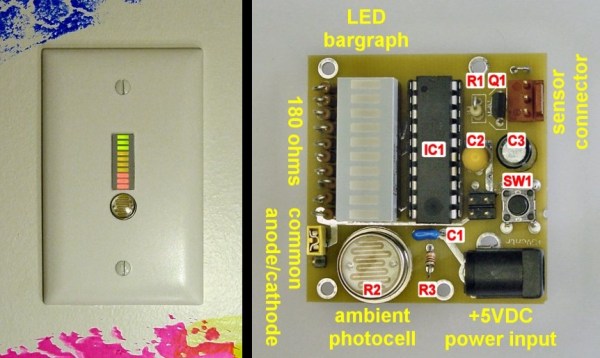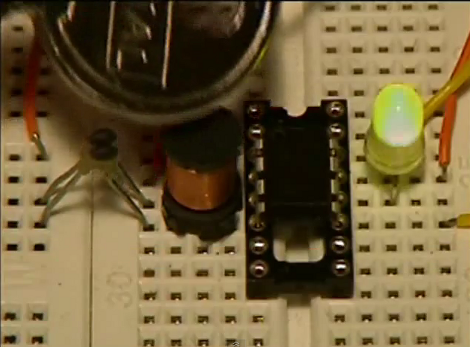For his Hackaday Prize entry, [Carlos] is pushing the boundaries of what can be built with PCBs. He’s designed a very low-cost radiation detector that leverages pick and place machines, off-the-shelf components, and very simple electronics. It’s a novel ion chamber design, and if you ever needed a low-cost, easily manufacturable radiation detector, this is the project you want.
Instead of a Geiger tube or a spark detectors, this radiation detector uses an ionization chamber to detect radiation. This project was inspired by the work of [Charles Wenzel] and [Alan Yates], and the implementation is actually pretty simple. A metal can — or some other type of enclosure — is electrified, and a single wire is stuck right into the middle of the can. When alpha and beta particles enter the can, air molecules are ionized, and attracted to either the can or the wire by a difference in voltage. A tiny bit of current flows between the can and the wire, which can be detected if you have a sufficiently sensitive circuit.
The basic idea is well-publicised and well-understood. What [Carlos] is doing with this project is making an ionization chamber easily manufacturable. He’s doing this entirely with standard PCBs and solder instead of paint cans, RF connectors, and deadbugged transistors of the earlier experiments. The resulting PCB actually looks like something that wasn’t put together in a garage (even though it probably was), and is an amazing entry for the Hackaday Prize.






















